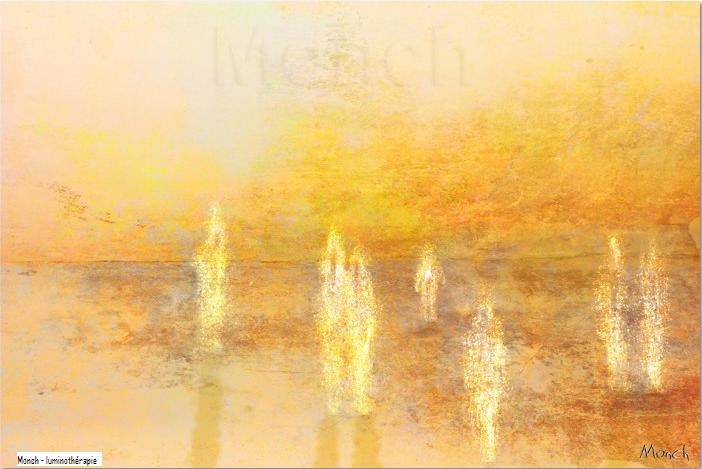Disappearing Queen Anne’s Lace

Until recently, Queen Anne’s Lace was a very common weed in the Mississauga area of Ontario. It was and occasionally is still found in ditches, along roadsides and generally in poor soils. The plant grows to a height of 2 to 3 ft. and blooms midsummer. Once the sun heats up the flower, its aromatic perfume is an unforgettable scent of summer.
The rather large flowers are made up of many smaller blossoms, all clustered together. Quite often there is a single tiny red or deep purple floret at the heart of the flower.
Not native to North America, the plant was brought over unintentionally by Europeans, who called it “white carrot”. A biennial, it was known by many names: Bird’s Nest Weed, Bee’s Nest, Devil’s Plague, Fool’s Parsley, Lace Flower, Herbe a Dinde, and several others. It is only called Queen Anne’s Lace in North America.
There are several theories on why it had acquired such a different name here.
Some believe that the settlers, homesick for England, associated the purple centre with Queen Anne of England (1655-1714) and the florets around it formed her lace collar.
One fable associated with the plant speaks of Queen Anne having stained some lace she was making when she pricked her finger — creating the reddish-purple floret.
Another theory says that the flower is not named after a Queen, but rather Saint Anne, who, according to the Catholic Church was the mother of the Virgin Mary, and patron saint of lacemakers.
Yet another legend tells of when the future Queen Anne arrived from Denmark to marry King James I, she admired the then uncommon wild carrot in the royal gardens. She challenged her ladies to create lace as beautiful as the flower. None could surpass the Queen’s work so it came to be called Queen Anne’s Lace.
These are mostly happy fables, but there are some darker associations. The plant was also called “Mother Die”. According to some superstitions, if you brought the plants into the home, your mother would perish.
Another story tells that the little purple floret — which isn’t always present — was taken as an indication of the purity (or lack thereof) of women in the area. In fact, there are spells and incantations involving the flower that supposedly aid in desire and fertility.
Lastly, an Eastern European legend says that if all the wild carrot flowers are missing their purple centre, the end of the world is near.
On a brighter note, the plant can be used in many ways — from jellies to cakes, from liquors to infusions, and uses in dying wool.
Queen Anne’s Lace can be confused with similar looking weeds, some rather noxious. A simple way to tell if your plant is indeed Queen Anne’s Lace is to look at the stems; they have tiny hairs on them. So easy to remember: “The Queen’s legs are hairy”!
Would you like to read other posts? If so, please click the Home Page link below:

You, Dear Reader, are much needed and appreciated.
Everything written requires a reader to make it whole. The writer begins, then you, dear reader, take in the idea and its image, and so become the continuation of its breath. Please subscribe so that my words can breathe. Consider this my hand, reaching out to yours.
